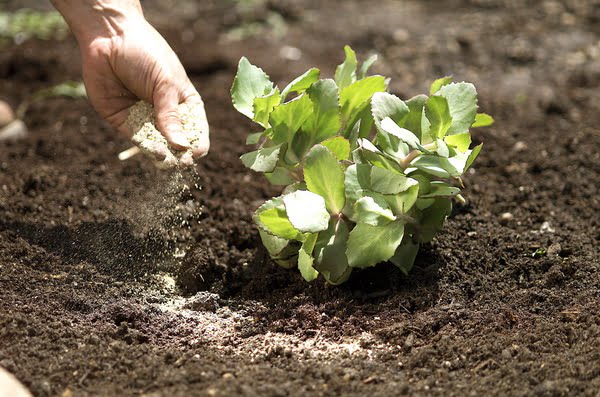Gypsum Effect in Reducing Aluminum Toxicity

Effect of Gypsum in Reducing Aluminum Toxicity
Almost 50% of the potentially arable lands in the world are faced with the acidification problem. Use of the agricultural gypsum in the soils with the high aluminum concentration, such as the soils in lands under the tea cultivation and those near dried up swamps used in the agriculture, reduces the aluminum toxicity and promotes the growth of plant roots.
Al + SO4 AlSO4
This equation shows that toxic aluminum is replaced with aluminum sulfate, an ionic compound that has low toxicity. Moreover, the increase in the soil calcium transfers aluminum adsorbed on the surface of clay particles into the soil solution. It is noteworthy that gypsum does not have a very noticeable effect in the increase in the pH values of acidic soils.
Additionally, the calcium in gypsum can help to displace aluminum ions that are adsorbed on the surface of clay particles and transfer them into the soil solution, where they are less toxic to plants. It is important to note, however, that gypsum does not have a significant effect on increasing the pH values of acidic soils. While gypsum can help to address aluminum toxicity and promote root growth, other amendments may be needed to address soil acidity and improve soil fertility.
High magnesium content soils
Use of gypsum in soils with high magnesium content
Soil-Mg + Ca2+ Soil-Ca + Mg2+
At equal concentrations of calcium and magnesium, calcium is more inclined to be adsorbed on clay than magnesium. Research by scientists has shown that applying gypsum at the rate of 2 t/ha has no effect on magnesium concentrations in surface and deep soil. Consequently, in some soils that are not rich in magnesium, this gypsum application rate has no negative impact on soil magnesium content. However, in soils with excessive magnesium content, applying gypsum at 20 t/ha reduces soil magnesium content to the desirable level.
